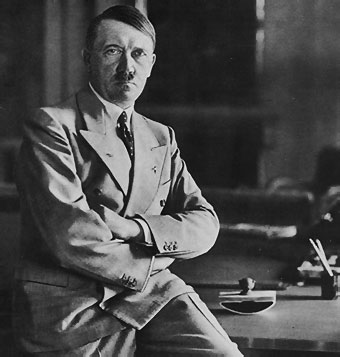Kaiser Wilhelm II: abdication
Wilhelm, the son of Prince Frederick Wilhelm of Prussia and Victoria, was born in Berlin in 1859. He received a strict military and academic education at the Kassel Gymnasium and the University of Bonn. In 1888 Wilhelm II became the 9th King of Prussia and the 3rd Emperor of Germany.
With Germany actively seeking an armistice and revolution threatening, calls for Kaiser Wilhelm II to abdicate grew in intensity. Wilhelm was deeply unwilling to make such a sacrifice, for him it was a really big shame to have to leave the power.
After the outbreak of the German Revolution, Wilhelm could not make up his mind whether or not to abdicate. In the hope of preserving the monarchy, Wilhelm's abdication both as German Emperor and King of Prussia was abruptly announced by the Chancellor, Prince Max of Baden, on 9 November 1918, before he had in fact consented to abdicate.
Wilhelm formally abdicated, in other words, the abdication instrument was signed in November 28 and then, went into exile in Holland. His abdication proclamation was published in Berlin on November 30, 1918.
Having finished with the Kaiser's abdication Prince Max resigned the throne, handing power to incoming Chancellor Friedrich Ebert who, appealed for public calm and promised the German public that the incoming government would be a government of the people.
The Weimar Republic, 1918-1933
The Weimar Republic, proclaimed on November 9, 1918, was born in the middle of military defeat and social revolution. In February the assembly elected Friedrich Ebert as the republic's first president.
In mid-1919 the assembly ratified the constitution of the new Weimar Republic. The constitution established a federal republic consisting of nineteen states. The republic's government was a mixed strong president and parliamentary system, with the president seen by many as a sort of substitute Kaiser. The president was elected by popular direct ballot to a seven-year term and could be reelected. He appointed the chancellor and, pursuant to the chancellor's nominations, also appointed the cabinet ministers. However, the cabinet had to reflect the party composition of the Reichstag and was also responsible to this body. Election to the Reichstag was by secret ballot and popular vote. Suffrage was universal.
Then, Stresemann was elected chancellor, someone who supported the Weimar Republic because it seemed the best course of action rather than from a firm commitment to parliamentary democracy, he also became convinced that Germany's economic problems and differences with other countries could best be resolved through negotiated agreements.
Chancellor only from August to November 1923, in this brief period, he introduced measures to bring the currency situation under control, problem faced in the Weimar Republic was the several attempts of coup d’e etat. It was granted a general silence of the atmosphere after these problems had been solved; the Weimar Republic was about to have a period of relative calm that lasted until the end of the decade.
Years of crisis (1919–1923)
In early the postwar years, inflation was growing at an alarming rate, but the government simply printed more and more banknotes to pay the bills. By 1923, the Republic claimed it could no longer afford the payments required by the Versailles Treaty, and the government evaded on some payments. In response, French and Belgian troops occupied Germany's most productive industrial region at the time, taking control of most mining and manufacturing companies in January. Strikes were called, and passive resistance was encouraged. These strikes lasted eight months, further damaging the economy.
Since workers made strikes, the government paid them benefits to keep them calm, more banknotes were printed, giving a period of hyperinflation. The 1920s German inflation started when Germany had no goods with which to trade. The government printed money to deal with the crisis; the payments were made with worthless paper money. Circulation of money rocketed, and soon banknotes were being overprinted to a thousand times their nominal value and every town produced its own notes. On November 25, 1923, a new currency, the Rentenmark, was introduced like a solution, as a monetary reset. At that time, one dollar was equal to 4.2 Rentenmark.




